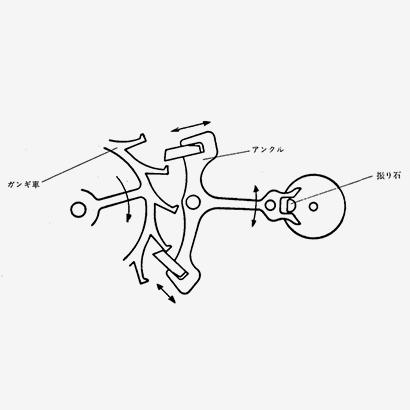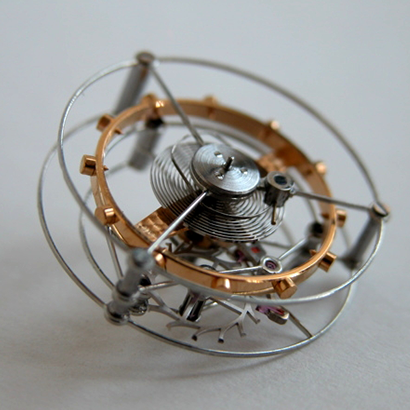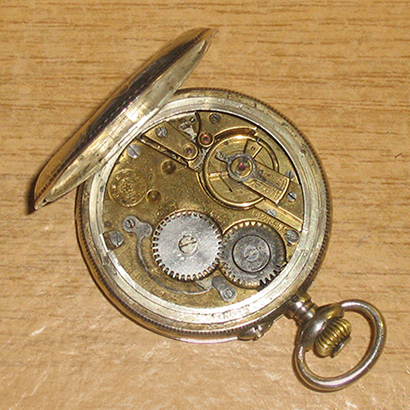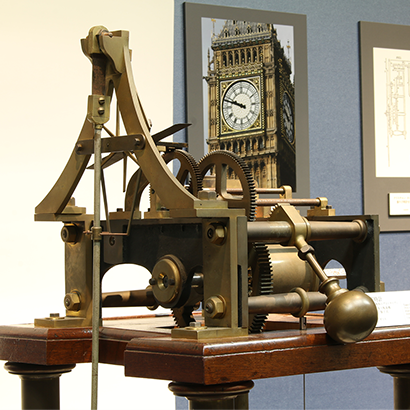Shortt’s free pendulum clock
In 1921, the English engineer W. H. Shortt invented a free pendulum clock for use in astronomical observatories (the Shortt-Synchronome clock), which operated with extremely high precision, having an error rate of just one or two milliseconds per day.
This clock had a free pendulum suspended in a vacuum case with no air resistance or fluctuation in air pressure, temperature or humidity, and a slave clock serving as an escapement that would provide a small impulse to the pendulum for just 0.3 seconds once every 30 seconds. The mechanism that provided the impulse was an electromagnet, so this clock does not quite fit within the category of a mechanical clock.
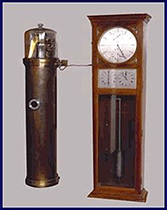
Through this mechanism, except for the 1% moment of time in which the escapement provided an impulse, the pendulum could oscillate completely freely, allowing the clock to maintain extremely high precision.
This model of clock was first installed in the Royal Observatory, Edinburgh, and after gaining recognition for its high precision, it was then installed in the Royal Observatory, Greenwich and observatories all over the world. It was used as the standard high-precision clock in observatories for over 20 years.
In 1984, one such clock at the United States Naval Observatory was tested in comparison with an atomic clock for one month and was found to have astounding precision, with an error of just one second in 10 years. Even today, the remarkable isochronism of the pendulum is impressive.
References
NAWCC Bulletin 1985 ”Just how good was the Shortt’s clock?” by Pierre H. Boucheron
Manual of Timepiece Theory 4, Escapement. Daini Seikosha F
Hirai, Sumio, The story of timepieces. The Asahi Shimbun Publishing Service
Yamaguchi, Ryuji, Timepieces. Iwanami Shinsho
Boucheron, Pierre H., Just how good was the Shortt’s clock? NAWCC Bulletin, 1985



